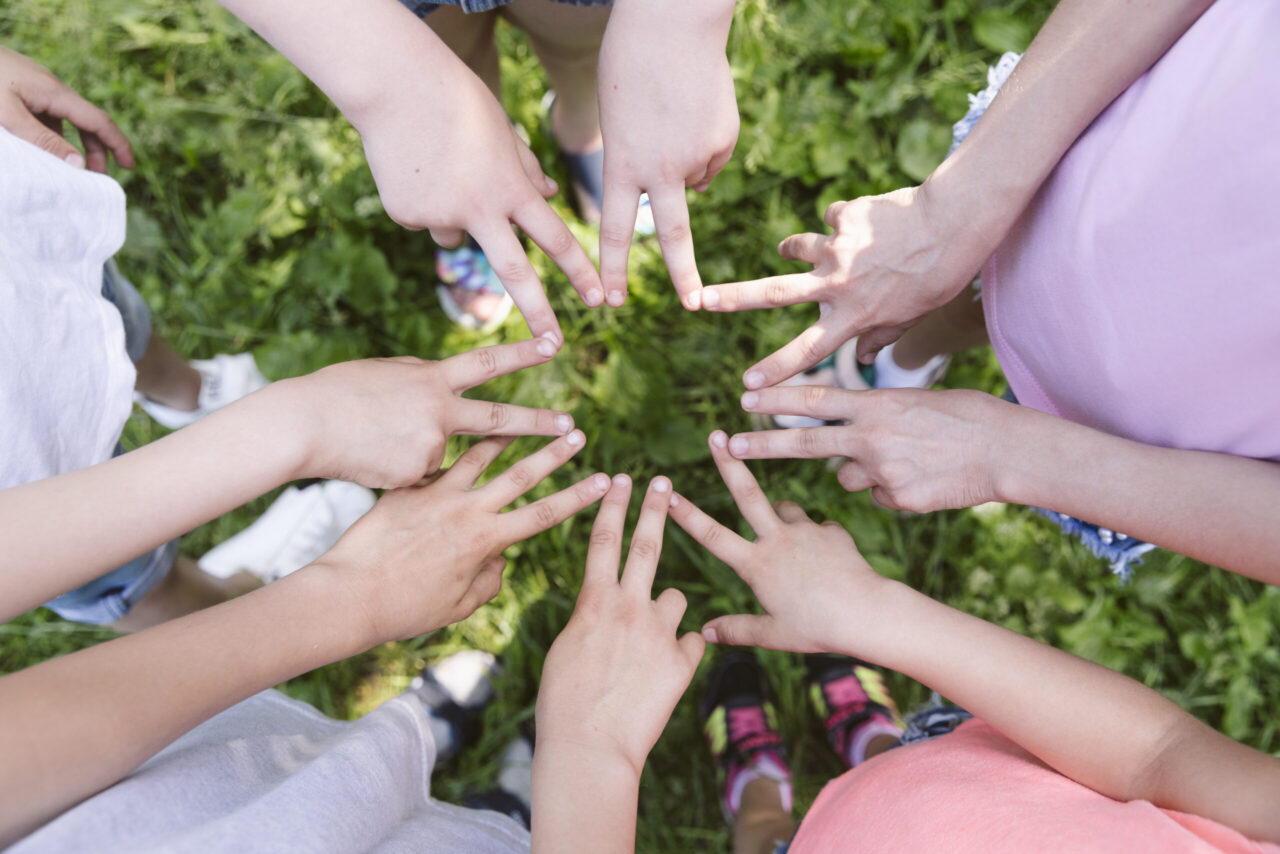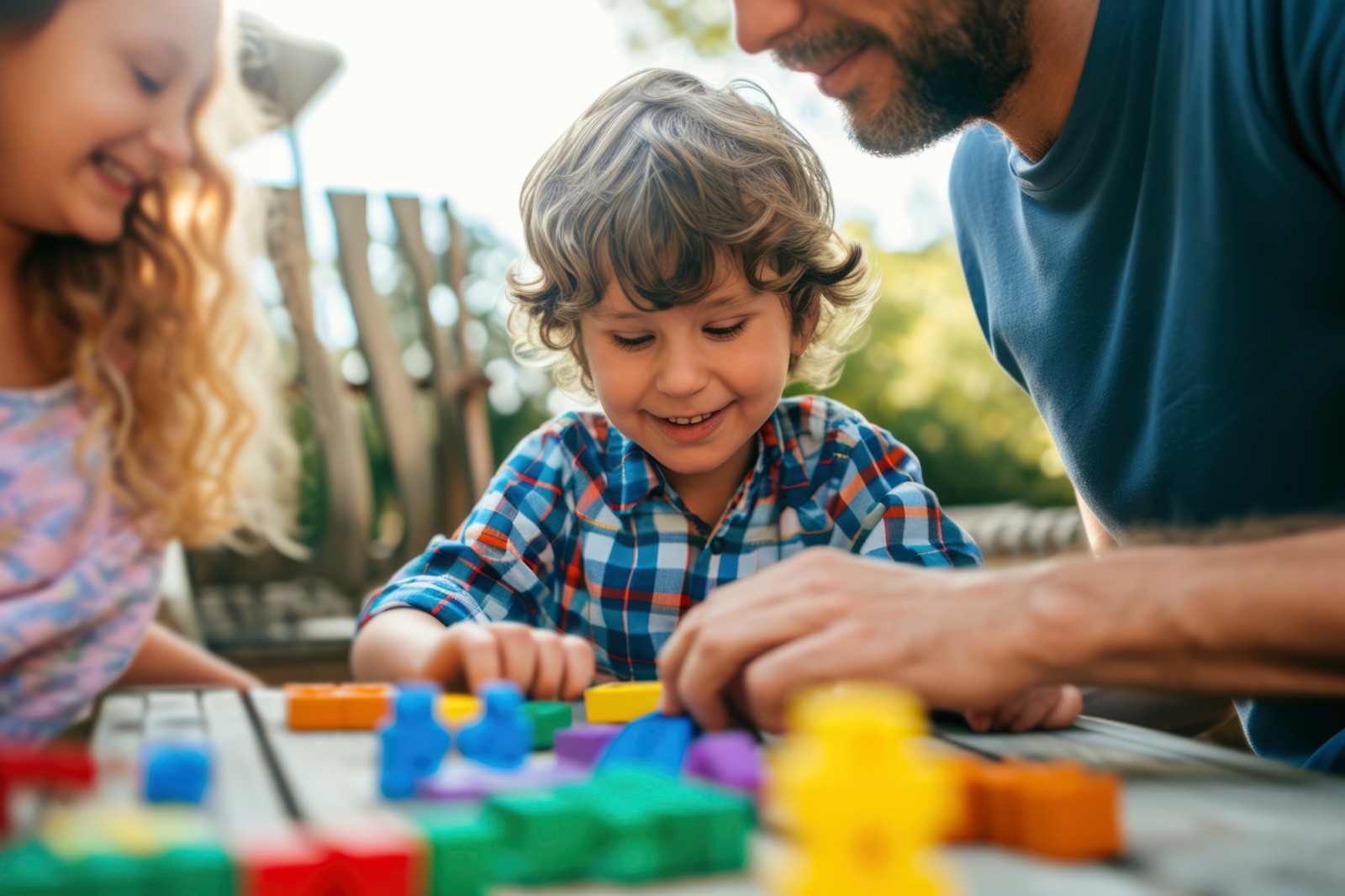🌿In a world that often rushes children toward independence, there’s something beautifully powerful about slowing down — meeting them where they are, and walking alongside them as they learn to manage life’s ups and downs. This is the true gift of co-regulation.
🌟 What is Co-Regulation?
Co-Regulation is a powerful, dynamic process that goes beyond simply soothing a child in distress — it lays the foundation for deep emotional connection, flexible thinking, and lifelong resilience.
At its heart, co-regulation is about nurturing a secure relationship where a child feels seen, heard, and supported. It is built through intentional strategies, thoughtful tools, and grounding techniques that help a child manage their emotions — not by controlling their feelings, but by guiding them through experiences with patience and empathy.
This process is not one-sided. It thrives on interactive, two-way communication — a beautiful “to and fro” dance between parent and child, much like a conversation where both partners are fully engaged and emotionally attuned.
Co-regulation begins at home, by nurturing a caring relationship between parent and child, built on a foundation of mutual respect and trust. At the same time, it helps define acceptable boundaries and rules within societal norms so that the child can enjoy, interact, and participate with others — becoming a part of a larger group without disrupting the flow of the outside world.
Doesn’t that sound meaningful and worthwhile?
💬 Why Co-Regulation Matters
When we consistently co-regulate with our children, they begin to develop essential life skills, such as:
✅ Problem-solving abilities — thinking through obstacles rather than reacting impulsively
✅ Adaptability — adjusting to new or unexpected situations with confidence
✅ Healthy risk-taking — stepping outside their comfort zones while feeling supported
✅ Stress resilience — bouncing back from challenges without feeling overwhelmed
In short, co-regulation teaches children that they are not alone with their big emotions — and that there are safe, healthy ways to move through what they feel.
Through repeated, sensitive interactions, children internalize emotional strategies and gradually build dynamic intelligence — the ability to:
🔹 Pause and reflect
🔹 Consider different perspectives
🔹 Shift strategies when needed
🔹 Collaborate and cooperate in group settings
Rather than becoming stuck in rigid patterns of thinking or reacting impulsively, children nurtured through co-regulation grow into flexible, empathetic, and resourceful individuals.
Co-regulation, therefore, is not about “fixing” a child’s emotions. It is about walking alongside them — equipping them with the emotional tools they need to face the world with confidence, compassion, and courage.
In a world that often demands quick fixes and instant independence, co-regulation reminds us that real emotional strength grows slowly — through relationship, patience, and shared experience.

📖 A Real-Life Story: Co-Regulation in Action
Let me share a story from a close friend’s experience that beautifully illustrates the power of co-regulation.
My friend’s daughter, A, now a teenager, is on the autism spectrum. A is a very sweet and verbal girl, full of potential and curiosity. However, she used to experience strong rigidities in her behavior and had intense fixations.
For example, if she made a mistake while drawing at school, she wouldn’t allow the teacher to erase or correct it — only she could fix it. At home too, when she was doing chores, even if she struggled, she would refuse any help from her mother. Her need to control the process was so deep that it often left her feeling stuck — caught between wanting to be independent and needing support.
This is where co-regulation made a remarkable difference.
My friend began gently introducing simple, shared activities:
🎨 They started with coloring together — A would color the flowers while her mother colored the leaves during their bouquet art sessions.
🧺 During laundry time, they divided the work — A took charge of the smaller clothes, while her mother handled the heavier ones.
At first, their roles were clearly separated. But slowly and naturally, they began exchanging roles — and even crossing into each other’s territories without conflict. If A forgot to hang a small handkerchief, her mother would quietly do it and inform her afterward — and A accepted it gracefully.
Each tiny success strengthened A’s flexibility and willingness to collaborate.
Today, A has grown tremendously. She now voluntarily participates in group activities at school — from sports to dance to team projects — and manages beautifully in social settings she once found overwhelming.
All thanks to the quiet, patient, and consistent practice of co-regulation.
🌱 A Deeper Reflection
Children — especially those who think differently — learn by living, by doing, and by experiencing. Each new experience rewires their brain, building new neural pathways and helping them shift from static thinking to dynamic, flexible thinking.
As parents, caregivers, and educators, our role is to open new paths for them:
🌼 Gently inviting exploration
🌼 Providing decision-making opportunities
🌼 Stepping in with support only when truly needed
With consistent love, patience, and guided experiences, our children can accomplish miracles — far beyond what we sometimes imagine.
Let us hold space for them — not just with guidance, but with faith in their incredible capacity to grow, adapt, and shine. 🌟





